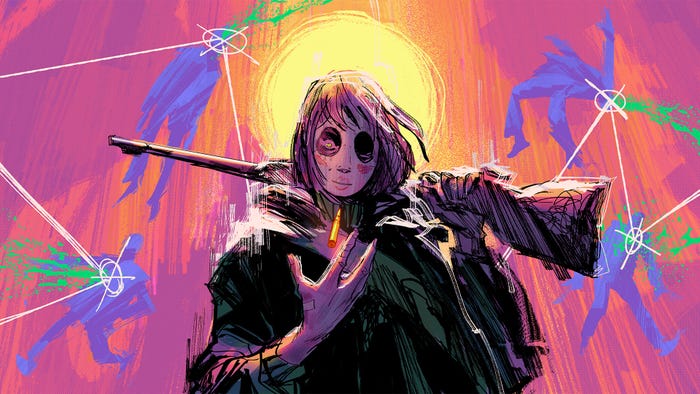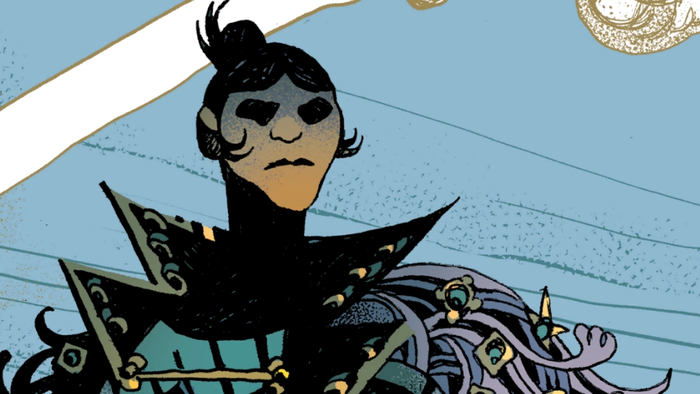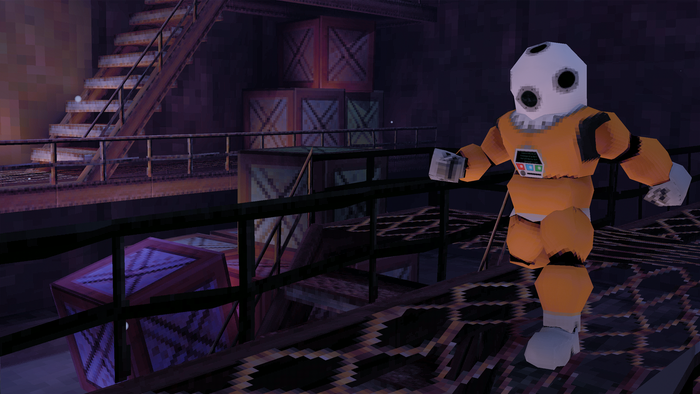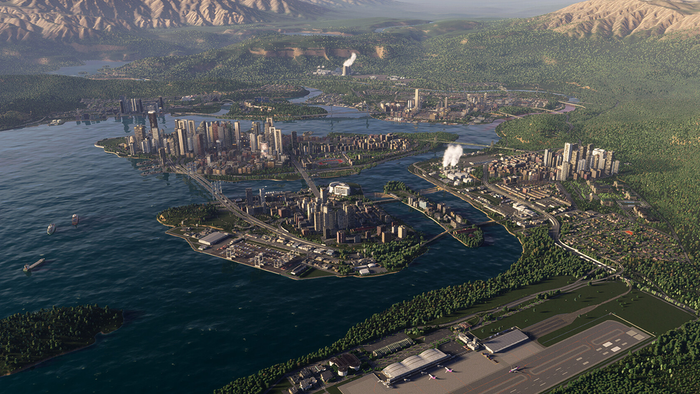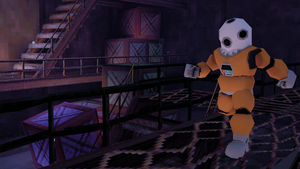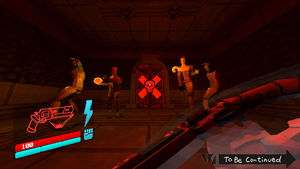In a detailed design feature, Blue Castle (Dead Rising 2) level design director Josh Bridge examines what it takes to create memorable, tactical combat areas for
July 15, 2009

Author: by Staff
What are the key ingredients in designing a cover-based shooter? In a detailed design feature on Gamasutra, Blue Castle (Dead Rising 2) level design director Josh Bridge examines what it takes to create memorable, tactical combat areas for first/third-person shooter games. Bridge lays out the necessary components for a combat zone: "The Combat Zone is a reference to the area of gameplay within a level designated for battle. This is a broad term and doesn't necessarily imply explicit, physical boundaries... though in some cases it can. In either case, the LD creates areas of expected battle with various gameplay support; enemies, cover objects, destructibles, impassable points, flanking positions, etc. The layout and placement carries the expectation that the player will have to battle through the area -- in essence, the presentation of the core gameplay. The Kill Zone Defined as the area in which the player and/or AI is without cover and can be fired directly upon, and potentially killed. This area can be visible (landmines on the ground) or virtual (tracer fire). The effectiveness of the design here determines the difficulty of the firefight. Without an effective Kill Zone, the player doesn't need cover, and eliminates one of the key ingredients intended for gameplay. Defensive Cover The required companion to a Kill Zone. There should be areas in which the player and/or AI is protected from direct fire. Without this, the experience boils down to shoot or be shot. Cover has a huge impact on play styles and difficulty, which I will go into a bit further on." Among other details offered in this neat breakdown, Bridge offers one summary point: The player's path through a combat zone must be obvious. Even multiple options for navigating a combat zone are of little use to a player who can't see them. How to bring the pathways to the forefront? Bridge advises: "Face the player: Show the player their options as soon as possible. Guiding the player with a more restrictive path at the entrance to a combat zone increases the odds that they will be facing the right direction. Note: the paths don't necessarily need to be restricted with immovable static mesh. Players can be guided with hazards of moveable objects to encourage the direction they should move. Some players will ignore this and push forward, but the majority will follow and avoid trying to push through. Metrics: be consistent with path widths and angles. Narrow and steep approaches look uninviting and are not obvious. Lighting/FX: 'god rays' or glowing fireflies that highlight a tunnel or ladder. Pawns: spawn some non-lethal pawns to attract the player's attention." You can now read the full Gamasutra feature on creating action combat zones (no registration required, please feel free to link to this feature from other websites).
You May Also Like
